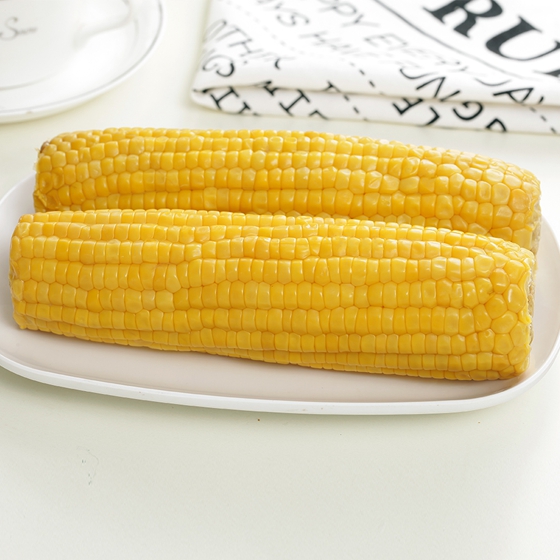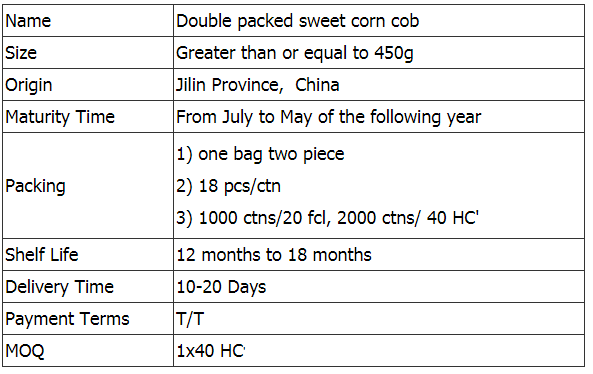The sowing period of corn is generally from the beginning of April to the end of May. The temperature at the early stage of sowing is low, and the daily average is 10-120c. The early corn growth is slow, which is beneficial to the growth of weeds. Since the sowing of corn, weeds have begun to sprout and grow. They grow almost simultaneously with corn. The entire growth period of corn is accompanied by the growth of weeds. Slow emergence and emergence of corn seedlings that are not neat have the most severe grassland damage. If the control is not timely, it will Affects corn growth and yield. In the middle and late stages of corn growth, weeds have little effect on corn yield. Therefore, chemical weeding should be carried out during the crucial period of corn production.
1. Herbicides and methods used before emergence of maize seedlings: Soil-enclosed and weed control technology The so-called closed herbicides are sprayed on the surface before the crops are sown, so that the crops can emerge and the weeds cannot emerge. Herbicides. Commonly used closed herbicides are: Shi Tianbu, Acetochlor, Lansuo, Yudi, Yu Nongsi. Herbicides of this type form a layer of film on the surface of the earth. When the weed touches the film during emergence, the absorbed agent is killed, but it is safe for corn. Use 40-200g per acre with 40% yungonsi or 42% of acetochlor, acetochlor, 40% ethylhexachlor and other agents, and apply 40-50kg of water to the surface of the ground for soil closure. When the soil is closed, the soil should maintain good humidity, and the amount of water used for medicine should be appropriately increased. The closed layer of the medicine will be deepened with the infiltration of water, and the insecticidal effect can be achieved. The spraying process should be uniform spray, no heavy spray, no leakage spray. Spray time should be avoided at noon high temperature period.
2. Herbicides and methods used after emergence: For plots that have not been subjected to soil sealing treatment or have poor sealing effect, the post-emergence 3 to 5 leaf stage of corn and the 2-4 leaf stage of weeds should be used, 40% per mu. Yu Nong Le 67-100ml suspension agent, 25-35kg water spray, when spraying can not be sprayed on the left and right neighbors of fruits and vegetables, beans and other dicot crops. Use of organophosphorus pesticides is prohibited within 7 days of treatment. 3. Herbicides and methods used after adult maize plants: Weeds of adult maize have large seedlings and strong resistance, and they can be treated by field-directed spray treatment. Each farmer can use mushy herbicide Le 747 or 20% gram per acre. Tracer 100-150 g, spray 30 kg of water. When spraying, a funnel-type protective safety cover should be used on the sprayer sprayer to lower the spray head and not spray it at random. It is required to spray the weeds in a directional manner to avoid liquid spray on the corn seedlings or left and right adjacent crops to cause phytotoxicity. Wear masks, gloves, and straw hats during spraying operations to avoid high temperatures at noon to prevent poisoning and heat stroke and ensure personal safety.
A medium-sized cob of corn provides more than 10% of our daily dietary fibre requirements.
There are two types of dietary fibre - soluble and insoluble - and sweet corn contains both.
According to the American Heart Association, dietary fibre as part of an overall healthy diet can help lower blood cholesterol levels and may reduce the risk of heart disease. It is insoluble fibre that binds to cholesterol, preventing it from being absorbed into the bloodstream.
Insoluble fibre is responsible for promoting regularity and helping to prevent constipation by speeding up the passage of food and waste through the intestines and absorbing water to keep stools soft. Insoluble fibre has been shown to reduce the risk of haemorrhoids.
Fibre-containing foods such as sweetcorn also help to provide a sense of satiety and may therefore help to suppress appetite and aid weight management.
Dietary fibre has also been linked to a reduced risk of type 2 diabetes. A diet rich in fibre helps patients manage their disease.
Fibre is fermented by bacteria in the colon. Promising studies are underway to determine the health-promoting effects of fibre fermentation breakdown products, for example, short-chain fatty acids, which may help to maintain a healthy gut.


Yellow Sweet Corn,Double Packed Sweet Corn,Double Packed Sweet Corn Cob,Double Packed Yellow Sweet Corn
Jilin Province Argricultural Sister-in-law Food Co., Ltd. , https://www.nongsaocorn.com